News
News / 04/12/2021 / 1976
André Jullien and the first classification of Serbian wines in 1816
(Author: Aleksandar Fotić)
Research paper with comments and bibliography has been published recently in somewhat shorter version under the title: А. Фотић, „Андре Жилијен и прве светске класификације српских вина 1816, 1822. и 1832. године“, Зборник Матице српске за друштвене науке 176/4 (2020) 519-541. It is also available online.
The extent of our knowledge about the history of Serbian viticulture and the quality of Serbian wines is dauntingly low. For that reason, we are constantly surprised when we come across some historical data or the fact that somewhere in the world, people once knew more about Serbian wines than in Serbia itself.
The article covers vinegrowing areas on the territory of present-day Serbia. Three main areas were in the Austrian Empire at that time, and two in the Ottoman (Turkish) Empire. All of them were mostly inhabited by Serbs. The role and participation of the Serbs in vine growing and winemaking will be explained further below.
Here, in several sequels, readers will be presented with an analysis of the first international classification of Serbian wines based on the famous Topography of all famous vineyards written by André Jullien in 1816 (Topographie de tous les Vignobles connus, contenant: leur Position géographique, él'Indication du Genre et de la Qualité des Produit de chaque Cru, les Lieux où se font les Chargemens et le principal Commerce de Vin, le Nom et la Capacité des Tonneaux et des Mesures en Usage, les Moyens de Transport ordinairement employés, etc etc .; suivie d'une Classification générale des Vins ..., Paris: chez l'Auteur, Madame Huzard, L. Colas, 1816). Topography has interested readers to the extent that it has been updated and reprinted several more times: in 1822, 1832, 1848 and 1866. Jullien also included the vineyards of Serbia: (Sremski) Karlovci, Vršac, Bela Crkva, Belgrade and Priština. This article examines the importance of Jullien's work and sheds light onto circumstances, methodology, meaning and types of data, and most importantly, identifies most of the sources used by the author. This gives us a historical vertical, from the end of the 18th century to mid-19th century, which will show us to what extent Serbian wines were known in the world, and how they were perceived.
In the midst of the Serbian struggle for liberation from Ottoman (Turkish) rule, followed by the period when the foundations of a modern European state with still incomprehensible outlines were laid, Serbian wines were mentioned and classified in probably the most influential book on vineyards and wines written in the first half of the 19th century. The credits go to André Jullien (1766-1832), a wine connoisseur, merchant, innovator, and above all, an exceptional wine enthusiast from Paris. Few people in Serbia nowadays know that Jullien's book brought Serbian wine to the world wine scene, regardless of the space dedicated to Serbian wines in the book. Also, there was almost no contemporary scientific literature on Serbian viticulture in those days. The purpose of this article is to point out the importance of Jullien's work for disseminating knowledge about Serbian winemaking around the world, although the most prestigious Serbian wines were officially regarded as Hungarian wines in those times. The first and necessary step is certainly to clarify circumstances in which the book was written, as well as the meaning and type of data that the author stated. A particular challenge in the research was the search for rare and unknown Jullien's sources. Without Internet and the current degree of digitization of ancient and rare books, such research would have been almost impossible, or extremely difficult and time-consuming, and feasible only in the world's largest libraries.
The name of André Jullien is well-known to every wine expert because in 1816 he laid the foundations of the modern international wine classification and categorization of viticultural plots in his Topography. Although there were some prior successful examples of wine classifications before him, they were all of a local character. Jullien's book covered all wine regions on all continents, including the little-known vinegrowing areas. The third updated edition from 1832 received the prestigious award of the French Academy of Sciences. The Academy's explanation was printed in the following, subsequent posthumous edition. His modern interpretation of the role of sommelier, as a connoisseur of wine, cellarman and merchant, also left a great and everlasting influence, even outside France. (Manuel du sommelier, ou Instruction pratique sur la manière de soigner les vins; Dédié a M. le Sénateur Chaptal, Comte de Chantaloup, Membre de l'Institut, auteur de l'ouvrage intitulé: L'Art de faire les Vins ..., Paris: chez l'Auteur, D. Colas, 1813), also translated and published several times. Jullien patented several inventions and methods that were well-received at the time: a wine clarifier and about twenty instruments, mainly in connection with bottle filling and decanting, of which the most noteworthy was the one registered under the name of cannelle-aérifère. The list of his patents was added as an Annex at the end of all editions of his books. Many of them were previously presented in scientific journals, and even in the book of selected inventions since the French Revolution until 1820. Although he was a merchant, his vast knowledge of viticulture and winemaking recommended him as a writer of wine reference in the New Encyclopedia of Natural History, where one of the editors was the famous chemist, physicist and agronomist Jean-Antoine Chaptal, academician and Napoleon's minister, whose scientific work greatly influenced development of winemaking technology. Undoubtedly, he deserved a detailed scientific biography. However, it has not been written yet.
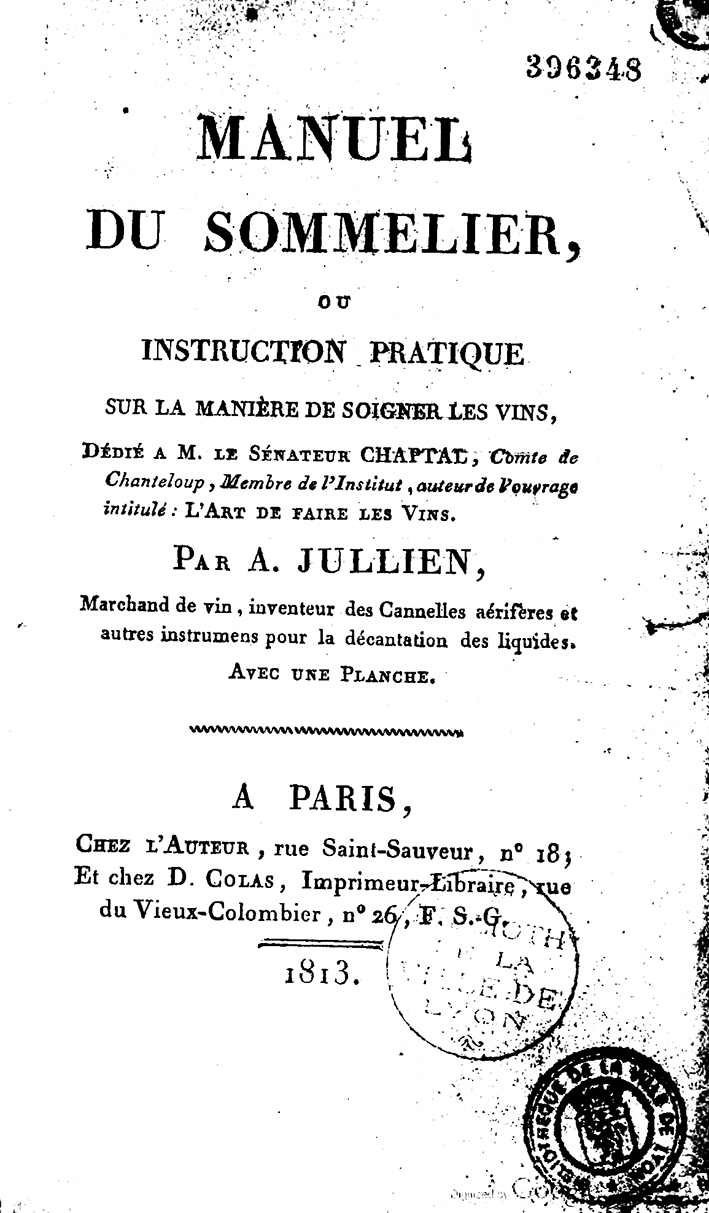
Despite all the merits, André Jullien is completely unknown in Serbia. Five editions of Topography were published in the period from 1816 to 1866, with one edition in English (1824) and one in German (1833–1835). Several phototype and CD editions should be added to these editions over the last few decades, which shows how much interest this book provokes even nowadays and what place it occupies in wine literature. Nevertheless, his books are not available in Serbian libraries (at least based on COBISS database).
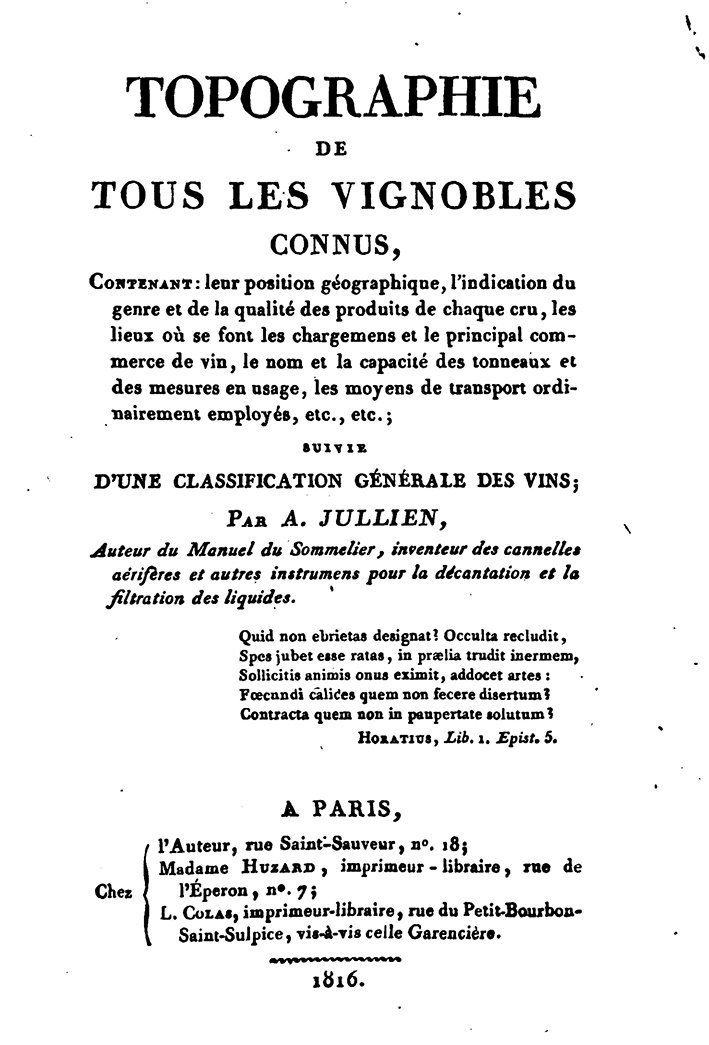
Andre Jullien and his classification of wine
If we want to understand historical significance of Jullien's work and his classification of wine, in addition to rare info about his professional biography, we must explore his motives, the way of collecting data and get acquainted with the methodology used in wine evaluation. The historical context and geographical knowledge of the world and the time in which his Topography was created back in 1816 will help us discover the reasons for the unexpected mention of the name of Serbia, as well as the categorization of Serbian wines outside the territory that Jullien called in his book "a Turkish province called Serbia".
Already the first edition of Topography aroused unprecedented interest in the wine world, both in France and beyond. Jullien was primarily a wholesaler of wine. In those days, the wine merchant was required to have an exceptional knowledge of all wines. His word and his goods guaranteed quality. This knowledge was necessary because a lot of merchants were purchasing wine from numerous small vinegrowers (especially after the Revolution of 1789, when large estates were fragmented) and then made combinations of blends that they sold under their own name (which still seems to be the case today). Jullien's goal was to present to merchants and distributors, above all others, a global overview of vinegrowing areas and the quality of wine, so that they could see the differences, distinctive features and possible costs if they decided to import. Also, his intention was to open the space for the consumers to explore and find wines that suit their taste, no matter where these wines come from. In addition to brief details about the vineyards, varietal composition, cultivation methods and basic features of the wine, he often provided information about the geographical latitude of a vineyard, production volume, measures and transport options. No surprise that he presented most elaborately the French wine scene. Jullien travelled a lot and gained a lot of knowledge about foreign wine regions in person, even in very remote places which were considered exotic then. He obtained other data from literature, scientific papers and travelogues, as well as from correspondence with more or less reliable connoisseurs of local wine scenes. Not a single continent was left out, not even a region about which there was at least superficial news. Even if he missed some information, it does not diminish his effort in any way.
It is quite certain that he did not visit the Ottoman Balkans, where the First Serbian Uprising was raging with all its might. It can be reliably established that he was in Vienna, but it remains unknown whether he went further east. He acquired knowledge about wines in Southeast Europe, those found in territories occuppied by the Austrians or Ottomans, from geographical-statistical papers and travelogues. It should be noted that in those days the Austrian Empire comprised Slovenian, Croatian, Slavonian, Dalmatian regions, as well as Baranja, Bačka, Srem and most of Banat. It is not easy to trace the sources he used because he rarely mentioned them in the text. Many of them have been identified, however, and that is one of the contributions of this article.
Jullien's approach is specific in the sense that he essentially did not compare French wines with the rest of the world. He examined and classified them separately in the section one of the book. The classification of French wines is the topic that scientists of the world were predominantly interested in because it represented the crown of everything that was partially done in the 18th century. That part is not interesting to us except in terms of a better understanding of the way in which Jullien categorized wines, especially the top quality wines, which he knew best. The second half of the book is even more original because it contains a unique general classification of wines from around the world. In the introductory part of the book, he explained his idea in detail. He had to devise several types of necessary classifications: according to color, quality and consistency, in other words according to the amount of residual sugar.
The basic and most important division was the one according to quality, into five classes or categories. He is extremely strict in categorization, especially within the first class. "Grand wines" (grand vins) are only the best according to all criteria (color, aroma, taste, strength / alcohol and consistency). From the first class downwards, the wines are categorized according to the gradual loss of quality in the same criteria: good color disappears between the second and third class; aromas and bouquet separate "good wines" from "mediocre" ones; the pleasant taste disappears in the fourth class; in the fifth class, wines are not distinguished by any quality except the strength of alcohol - and that is the only reason why they are consumed. He even singled out wines according to quality within the classes. In the third class, there are wines which he calls "good wines" (vins fins) and "medium good wines" (vins demi-fins). In the next, fourth class, are "mediocre, (ordinary) wines of the high quality" (vins d'ordinaire de premièr qualité), while in the fifth class are "mediocre wines of the second and third order [quality]" (vins d'ordinaire de seconde et de troisième qualité) as well as “ordinary [simple] wines” (vins communs). A more detailed analysis of his classification is the subject for a separate article, because the famous classification of Bordeaux wines in 1855 grew out of it, as part of preparations for the world exhibition in Paris, held in the same year.
Jullien's classification relies entirely on the quality of wine determined by taste and represents the final victory of such an approach, which has been slowly developing since the 17th century. From antiquity, through the Middle Ages and the Renaissance, and beyond, intellectuals and doctors have assessed the quality of wine mainly on the basis of the usefulness of certain wines for the health of each individual. According to humoral theory, each individual has different needs depending on his/her character, or health and physical condition. Such an approach does not allow for a single categorization. The evaluation of wine quality, from medical and dietary arguments to "taste", has evolved gradually, under the unequivocal influence of new social, economic and cultural factors.
To understand Jullien's work, it is of great importance how the term vignoble is translated, because it is a term with multiple meanings. In addition to the basic meaning of "vineyard" (in the plural as well), there are other meanings, even more often used in the text. Depending on the context, I mostly translated it as "vineyards", "vineyard positions" and "vinegrowing area".
In order for the color of the wine not to cause doubts, I am obliged to provide an explanation. In the article written for general public, I would certainly translate vins rouges as black wines because it was common and historically grounded in the Balkans. This text requires precision and that is the only reason why those wines will be called red wines. All the more so because Jullien identifies black wines (vins noire), accepts and uses that term, although in the final classification he places them among red wines for easier organization. In the same way, he views wines of all light shades, up to amber, as white wines. Although there are no such precise descriptions of color in the text where Serbian wines are mentioned, the translation will be consistent.
Jullien and vineyards in the territory of present-day Serbia
All the data from Jullien's book that refer to the territory of present-day Serbia are scrutinized in detail. Of course, it is quite certain that the history of viticulture in Slavonia, Dalmatia, Bosnia and Herzegovina also cannot be imagined without Serbian participation. Jullien called "Serbia" a "province" within the Ottoman (Turkish) Empire, much wider than the territory of the Smederevo Sancak (often insufficiently accurately called the Belgrade paşalik in the literature). Data on winemaking in that area are more than modest. Concerning other vinegrowing regions mentioned by Jullien, those in which Serbs participated in any way in the production of wine will be studied in particular. For some wines, probably the author himself did not know that he could call them Serbian, and even less could his readers and wine connoisseurs at the time know that. Such wines were made in Srem, then in the Austrian Empire, within whose borders, regardless of the later change of the name of the state, the region of Srem remained until the end of the First World War. Wines from Srem were presented to the world under the name "Hungarian wines" because Austrian and Hungarian wines were presented separately, regardless of the fact that they originated from one country in those day. Srem wines, particularly the wines of (Sremski) Karlovci, which stand out most often, can be unequivocally called Serbian wines, since the vineyards were mostly cultivated and owned by Serbs. Martin von Schwartner, a professor at the University of Pest, also confirms this in his oft-cited Statistics (1809): Zemplin vineyards (i.e. Tokaj) are cultivated by the Hungarians, vineyards of Rust and Oedenburg by the Germans, the vineyards of Fruška Gora by the Serbians and the vineyards of Minis (the smallest area of all) by the Wallachians“(Die Zempliner Weingärten bearbeiten Magyaren, die Ruster und Oedenburger Deutsche, die Sirmischen Hügel Serbler, das Menescher Gebirg (das kleinste unter den genannten) Walachen). We know a bit more about the viticulture in Srem at that time, because in the same year as Jullien (1816), Archimandrite Prokopije Bolić from Rakovac printed a book in Buda called Perfect Winemaker (Soveršen Vinodelac). On the other hand, the greatest credit for development of viticulture in Vršac and Bela Crkva (in Banat) lies with the Germans who immigrated after 1718 (partly from the Moselle). It was German knowledge and entrepreneurship that raised Vršac and Bela Crkva into important, recognized centers of quality wine production in the wine world. There is no reason to call Vršac and Bela Crkva wines of that time Serbian because the Germans were the main owners, producers and traders. However, it should be said that Serbs also participated in the production, at least in a really small extent. The most informed connoisseur of viticulture in southern Hungary, Franz Schams, left us his views on Vršac vineyards in 1833: "... Serbs are not without a share in viticulture, although they are more engaged in farming and animal husbandry ... most viticultural work is done by Wallachians, then the Serbs (he called them Illyrians according to the custom of the time) and the Germans, and the same is valid in Bela Crkva as well" wogegen die Illyrier zwar auch nicht alles Antheils an der Weinkultur entrathen, jedoch mehr mit Feldbau und Viehwirthschaft sich beschäftigen ... denn die meisten Winzer - Arbeiten verrichten Wlachen und dann Illyrier und Deutsche, und so ists auch in und um Weiskirchen). It is essentially meaningless and almost impossible to determine percentages of participation in wine production according to ethnicity. The focus is primarily on terroir, wine regions known for almost two millennia.
The best Serbian vinegrowing areas according to the first edition of Topography from 1816
In the chapter dedicated to the Austrian Empire, Jullien paid considerable attention to Hungarian wines. He says that they are mostly exported to Poland and Russia. He focused mostly on Tokaj vineyards, rightly so, because he classified the best Tokaj wines as first class wines. He explained in detail the way of making wine. In the list of numerous vinegrowing areas, he also mentions Vršac in Banat (Wersitz, dans le Bannat). Jullien didn't have to search much for the source. "Quite good wine" from Vršac (où il se recueille d’assez bon vin) has been regularly mentioned in German and French geographies since the second half of the 18th century.
In the part dedicated to wines from Croatia and Slavonia, with the first sentence, Jullien emphasizes that wines from those areas contain a very high percentage of alcohol and that they are the most pleasant after Tokaj. Red wines from (Sremski) Karlovci as well as those from Srem county stand out as the best in the region, which "approach the quality of wine from the Tuscan Montepulciano". He added that "all wines are drunk within the province or neighboring areas", and that a small amount is exported via Rijeka (La Croatie et l'Esclavonie fournissent des vins qui passent pour être les plus spiritueux et les plus agréables après ceux de Tokai. Parmi les rouges, on cite ceux de Karlowitz, en Esclavonie, comme les meilleurs, et ceux du cométe de Syrmie, dans la même province, comme approchant de la qualité des vins de Monte-Pulciano, en Toscane. La presque totalité se consomme dans le pays ou dans les contrées voisines; le peu d'exportation qui s'en fait a lieu par le port de Fiume).
One shouldn't be confused that Jullien quotes (Sremski) Karlovci as part of Slavonia, because entire Srem County (županija, comitatus, vármegye) used to belong to the Kingdom of Slavonia within the Hungarian territories of the Austrian Empire. It may seem unusual nowadays that red wines of the region were well-reputed internationally, but sources unanimously confirm Jullien's quote. His contemporary, Franz Schams, wrote in 1820 that there was a prejudice among winegrowers that white grapes did not thrive well and that good wine could not be made from them. He claims that it is "exclusively" because of the way the vines are grown. The cluster is close to moist soil because the locals do not allow the vines to grow more than two feet in height, while not removing excess leaves, which all leads to faster rot. Kosta Petrović, much later, draws a similar conclusion - that in the 19th century, due to their resistance to rot, the residents of Karlovci planted mostly black grape varieties.
Srem wines entered the first world encyclopedias very early, both general and those dealing with natural history. Data on wines from Von Taube's historical and geographical description of the Kingdom of Slavonia (1777–1778) were entered in German encyclopedias in the same year, then later in French ones, and since then their quotes can be traced almost until the end of the 19th century. The quotes about fine red wines of Srem in French literature, however, appeared even before Von Taube's precious work - the earliest mention I managed to find is the one in Hübner's Geography from 1757 (Carlovitz ... Elle est connuë à cause du bon vin rouge, qui y croît.).
The comparison of Srem wines, primarily those from (Sremski) Karlovci, with wines from the Tuscan Montepulciano in French literature began in 1786, with a new updated edition of then famous Büsching's Geography of the World. Certainly, this quote was taken from Von Taube - Büsching refers to Von Taube's work in several places. In the same year when Von Taube published the first volume of the Historical and Geographical Description of the Kingdom of Slavonia and the Duchy of Srem (1777), the comparison with Montepulciano appeared in the next German edition of Büsching's Geography. In Von Taube, that part reads: "Srem has the most numerous and the best vineyards; its black [dark red, noted by AF] wine concedes nothing to Montepulciano ”(Syrmien hat die meisten und allerbesten Weinberge: der dortige dunkelrothe Wein giebt dem Montepulciano nichts nach). Büsching concluded the same in 1777 and 1786 (Der beste und meiste Wein wächset in Syrmien, und der dasige dunkelrothe Wein, ist so gut als der von Montepulciano; mais le meilleur vin se fait en Syrmie, au point que le rouge n'y cède point au montépulcíano mème). The same quote, with negligible changes, appeared for a long time in other geographical works.
The comparison with Montepulciano was somewhat clarified by Jullien himself, adding that it is the Tuscan Montepulciano. It is not the grape variety called Montepulciano, nowadays the flagship grape of Abruzzo region, but the wine from the area of the Tuscan town of Montepulciano (Vino Nobile di Montepulciano), in which Sangiovese variety makes up at least 70%. Jullien ranked the wine from Montepulciano in the high second class of sweet wines, while he left Karlovci wine in the third class in the same category of sweet wines. However, Karlovci wine earned the second class in the category of semi-sweet and dry wines.
Dark red wine which was praised by Von Taube was almost surely made from Skadarka grapes. (I hope that in the future this variety will be called Skadarka, upon its old Serbian name, because there is no historical or any other justification to call it according to Hungarian pronunciation - Kadarka. The fact that it has almost disappeared in Serbia in the last seventy years is not a reason to forget its Serbian name which has existed for at least a few centuries.) Referring to the archives, Kosta Petrović claimed in 1940 that only red wine made from Skadarka and Okruglica was well-known "because it had relatively less acidity". The Austrians were buying it and blending to improve the taste of their more acidic wines. Jullien's contemporary, Archimandrite Prokopije Bolić, reliably testifies that the berries of Skadarka are "full of juice, sweet and produce exquisite both regular wine and Ausbruch". Among 15 grape varieties (along with several other varietals), Bolić in addition praised only the wine made from Black Tamjanika and Čađavica.
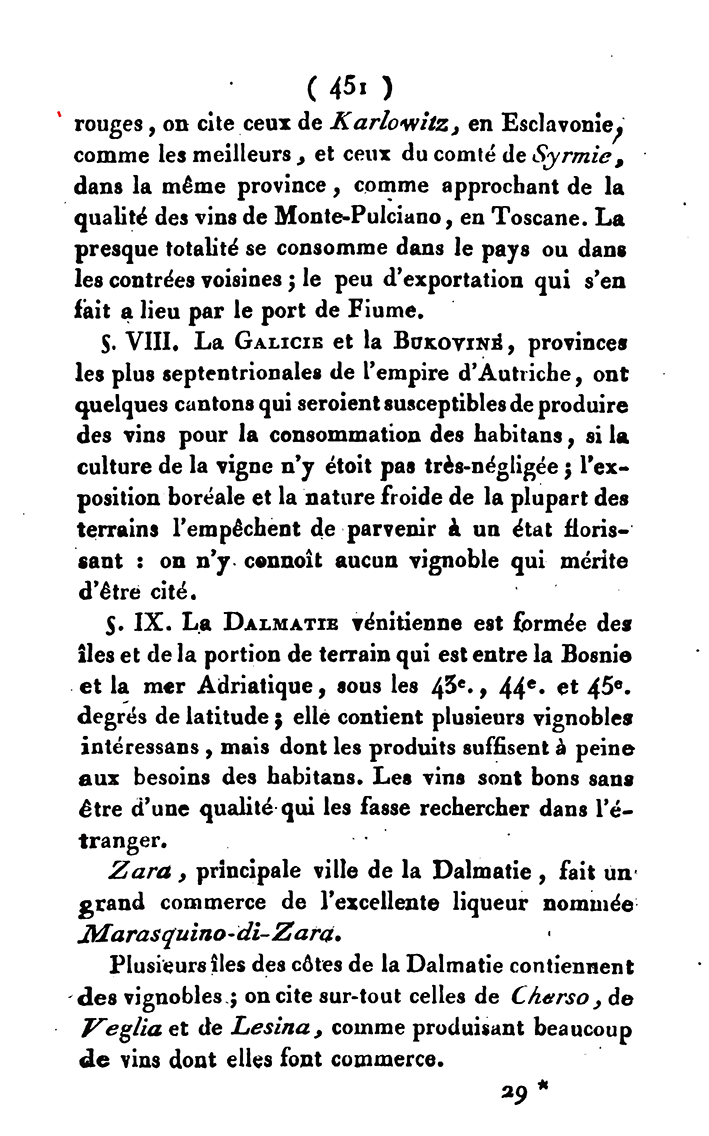
Later in the text, Jullien singled out Dalmatia, which according to him features numerous interesting vineyards, but produces just as much as the local population needs. He thinks that wines are good, but not so much that they would be sought abroad. He mentions maraschino liqueur from Zadar, as well as vineyards on Cres, Krk and Hvar.
The chapter about the wines of the Austrian Empire ends with a classification. Exclusively, the best Tokaj wines are quite expectedly ranked in the first class. He placed in the second class the wines from (Sremski) Karlovci and lower Hungary, in addition to only two other areas, Rust and Edenburg (Sopron). (Rust, Oedenbourg et autres crus de la Basse Hongrie, et Karlowitz, en Esclavonie, fournissent des vins de seconde classe).
The third class includes wines from Vršac and parts of "lower" Hungary. The wines from Srem stand out in particular, ie. Srem counties, as the best wines of that class. It should be noted, though, that only wines marked as "good wines" (vins fins) are classified in the third class. Other Srem wines are classified in the fourth class, as mediocre, "ordinary" wines of the first quality (et ceux du comté de Syrmie, entrent, les meilleurs dans la troisième classe comme vins fins, et les autres dans la quatrième, comme vins d'ordinaire de première qualité).
The fifth, last class, includes "ordinary wines of secondary quality" (vins d’ordinaire de seconde qualité), and "ordinary (simple) wines" (vins communs). It is worth mentioning that, according to his assessment, the best Srem wines are for three classes above the wines of Friuli, Tyrol, Carinthia, Lower Styria, Dalmatia and the largest number of wines from Istria, all of which are grouped in the last class.
Jullien organized the chapter dedicated to the Turkish Ottoman Empire regionally, like all other chapters. He started from the European territories of the Empire. Among others, the "provinces" are listed: Bosnia, Serbia, Turkish Dalmatia and Ragusa. Jullien defines the mentioned territories as "provinces", without taking into account the official administrative names and divisions. This principle has been applied everywhere in the book.
For Bosnia, he says that wines with too much alcohol are made there and that they are all consumed in the places of production. It is obvious that he does not consider Herzegovina in this section, since he says that Bosnia is surrounded by Croatia, Slavonia, Serbia and Herzegovina.
For Serbia, which is located between the Sava, Bosnia, Albania, Macedonia and Bulgaria, he says that there are few vineyards and that wines are not exported. He points out that "the most important vineyard positions are located in the vicinity of Belgrade" (La Servie, située entre la Save, l'Albanie, la Macedoine, la Bulgarie et la Bosnie, n'a que peu de vignes, dont les produits ne sortent pas du territoire .Les principaux vignobles sont dans les environs de Belgrade.).
When he opened the chapter on Turkish wines, he emphasized that the Turkish Embassy Letters written by Lady Mary Wortley Montagu, first published in 1763, helped him a lot in his research. This could partly refer to Belgrade. Accompanying her husband in a diplomatic mission, this extremely educated, self-confident and curious woman stayed in Belgrade for about twenty days in January / February 1717. There, she enjoyed wine and intellectual conversations with Ahmed-bey, an educated hedonist of refined behavior. She listened intently to his elitist interpretation of the Shariah ban on drinking wine. However, her letters do not mention the vineyards around Belgrade, nor does it emphasize the quality of the local wine. At the same time, the question remains why Jullien did not mention the vineyards of Niš, which have been mentioned in several important sentences in a subsequent letter written by Lady Mary Montagu.
There are other testimonies about good and cheap wine in Belgrade in travelogues written in French. For example, Jean-Baptiste Tavernier noted in Belgrade in 1630: "Bread, wine and meat, everything in this place is excellent and cheap" (Le pain, le vin, les viandes, tout est excellent & à bon marché en ce lieu -là). There were also those travel writers who noticed that the wine was sour and extremely tasteless, but about that on another occasion. There are Turkish Ottoman, Austrian and Serbian records about the vineyards around Belgrade. What could have been known to Jullien in his time are memoirs and other records that cover the Austrian-Turkish war 1737-1739. Von Schmettau repeatedly mentions the vineyards between Vinča (Zweibrücken) and Grocka (Kruzka), whilst describing the preparations for the battle and the very battle of Grocka on 21st-22nd July (July 10th–11th, 1739). A biography of Emperor Charles VI also mentions vineyards on the hills that descend towards the Danube, near the former siege line of Prince Eugene of Savoy from 1717. These were the positions where the cannon batteries of the Turkish army were deployed immediately after the battle near Grocka - roughly speaking, it was the area from (in those days much wider) Vračar area to Višnjica.
Jullien obviously considers Herzegovina as Turkish Dalmatia, because he states that it is located south of Bosnia. He says that there are some vineyards, but the most interesting ones are those in the "small free area of Popoco" (le petit pays libre de Popoco). He adds that the vineyards "meet the needs of the population, but a small quantity is also exported". Undoubtedly, it is the site of Popovo Polje. I don't know how the name of the toponym came to be distorted beyond recognition. It has been found under that name in German and French geographies since the second half of the 18th century. Judging by the fact that the entire characteristic sentence was taken over, Julien used a geographical encyclopedic corpus published by Mentelle and Malte-Brun.
For Dubrovnik, he says that the hills are covered with vineyards where good wine is produced, of which those from the vicinity of Gruž and the port of Sveti Križ (Saint Cross) stand out. "It exports a significant amount of wine, including that from the island of Mljet." Here, too, Jullien almost literally used the aforementioned Geography of Mentelle and Malte-Brun.
In order to avoid terminological confusion, I will state how he defined the "province" of Macedonia: it is limited by the river Mesta from the north, Livadeia from the south, the archipelago from the east and Albania from the west. He states that it abounds in vineyards. In terms of fertility and abundance, he compares it to Sicily. There is also information about the Holy Mountain: "monks who live on Mount Athos grow a lot of olives and vines."
At the end of the book, Jullien gives a general classification of all "foreign" wines. In the first set, he classified sweet red and white wines, including fortified ones (vins de liqueur). Only in the third (out of flive classes in total) do we come across the mention of Karlovci and Srem. The second set consists of semi-sweet (vins moelleux) and dry wines, both red and white. The second class of this set includes wines from Rust, Edenburg and wines from several vinegrowing areas of lower Hungary. Based on the previous text, we have grounds to conclude that some Karlovci wines also fall into this category, although he does not explicitly mention them here. However, he mentions them in later editions. It should be noted that Julien is extremely critical. Classification in the second class of all world wines is a huge recognition for (Sremski) Karlovci wines. He placed only a few German vinegrowing areas in the first class, which produced dry wines and not a single wine from the subcategory of semi-sweet wines. Also in the second class, the above mentioned Austrian wines are accompanied only with wines made in several vinegrowing regions of Spain, Portugal and Germany. Wines of the third class include Vršac wines. He doesn't mention any wine in the fifth class, simply because the French show no interest in these and those wines were not easily available to them.

Tomislav Ivanović
Awarded wine writer, wine critic and contributor to selected wine magazines. WSET3-certified author and editor-in-chief of www.vinopedia.rs. Member of Vojvodina Sommelier Association. Juror in national and international wine competitions. Lecturing about wines of Serbia and the Balkans. Local partner of Wine Mosaic organization. Co-founder of International Prokupac Day.

Pročitajte i druge članke iz ove rubrike:
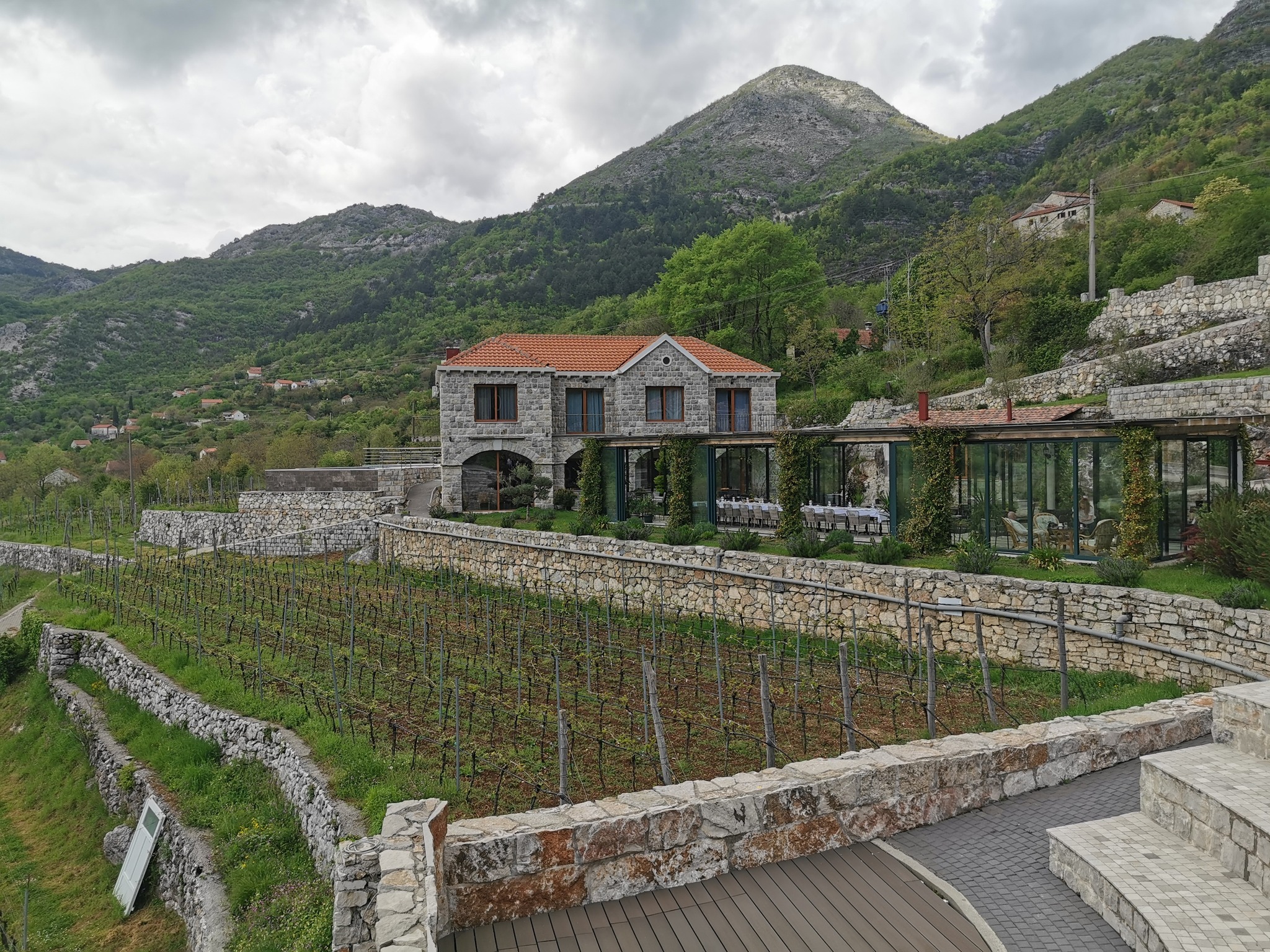

KRATOŠIJA PROBUDILA CRNOGORSKE VINARE
PROČITAJ VIŠE
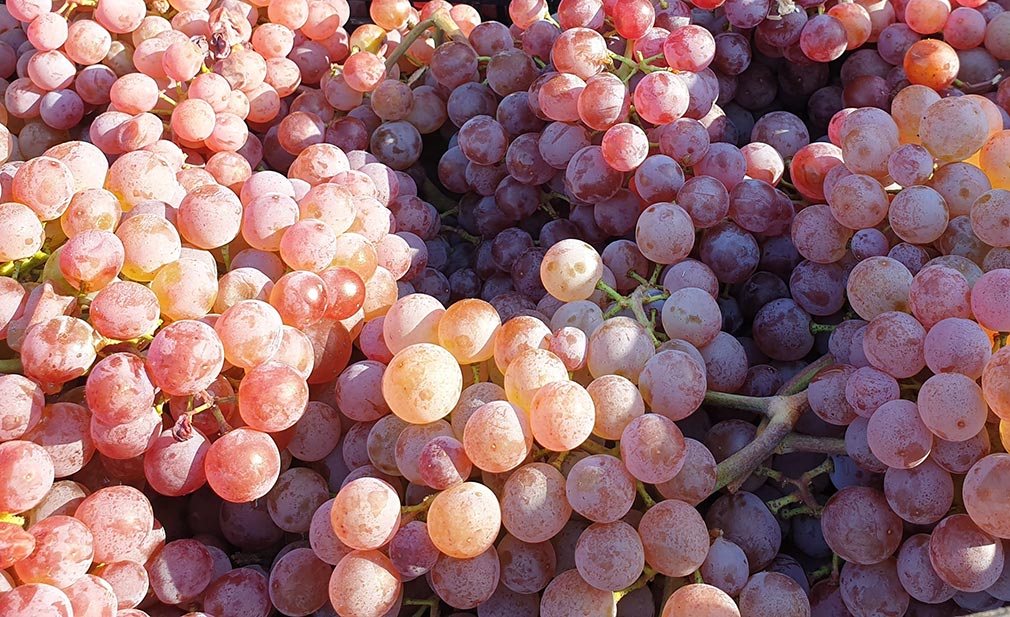

VINOPEDIA TOP 10 2024
PROČITAJ VIŠE
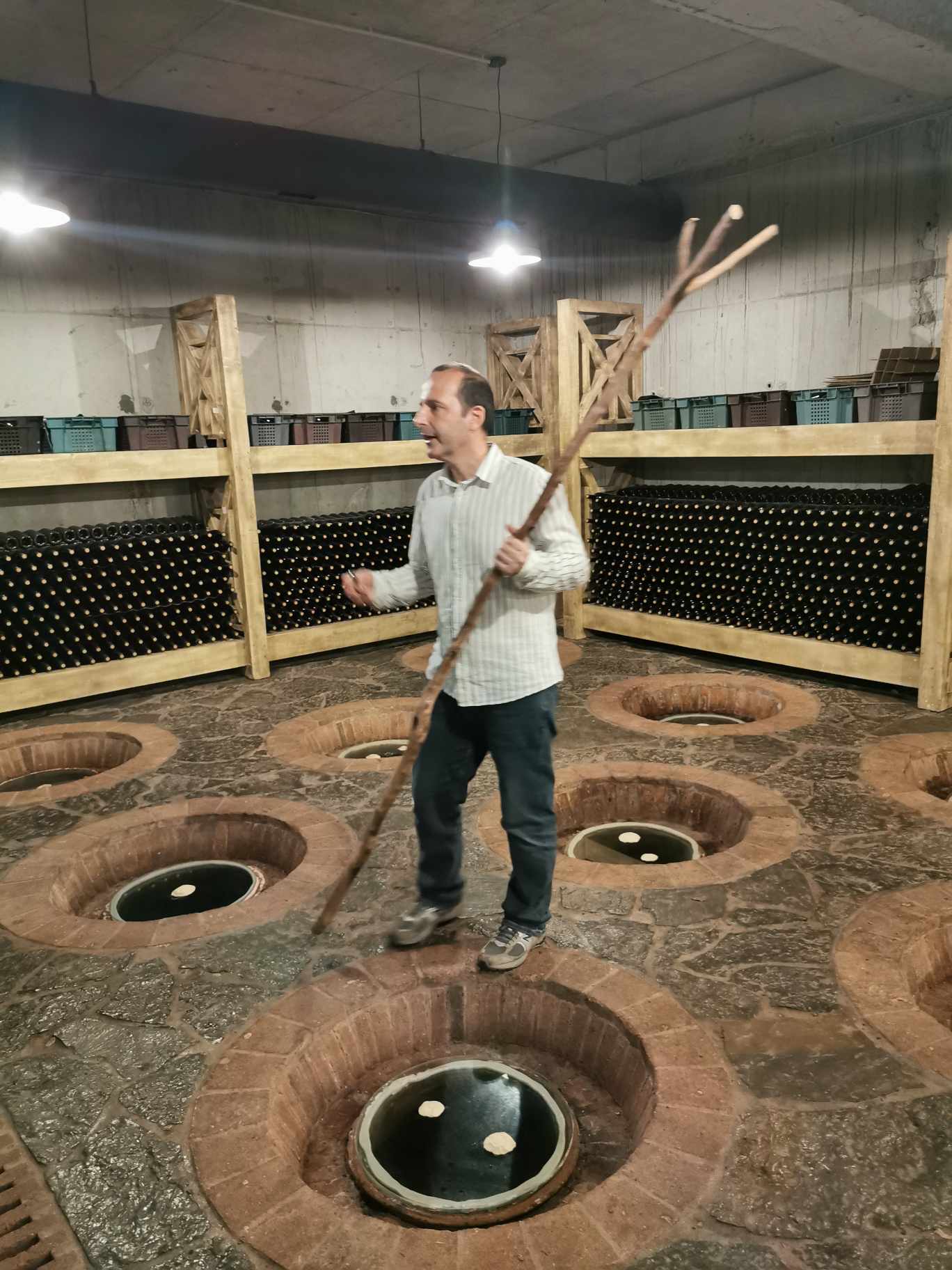

GIUAANI - VINSKI TURIZAM NA GRUZIJSKI NAČIN
PROČITAJ VIŠE
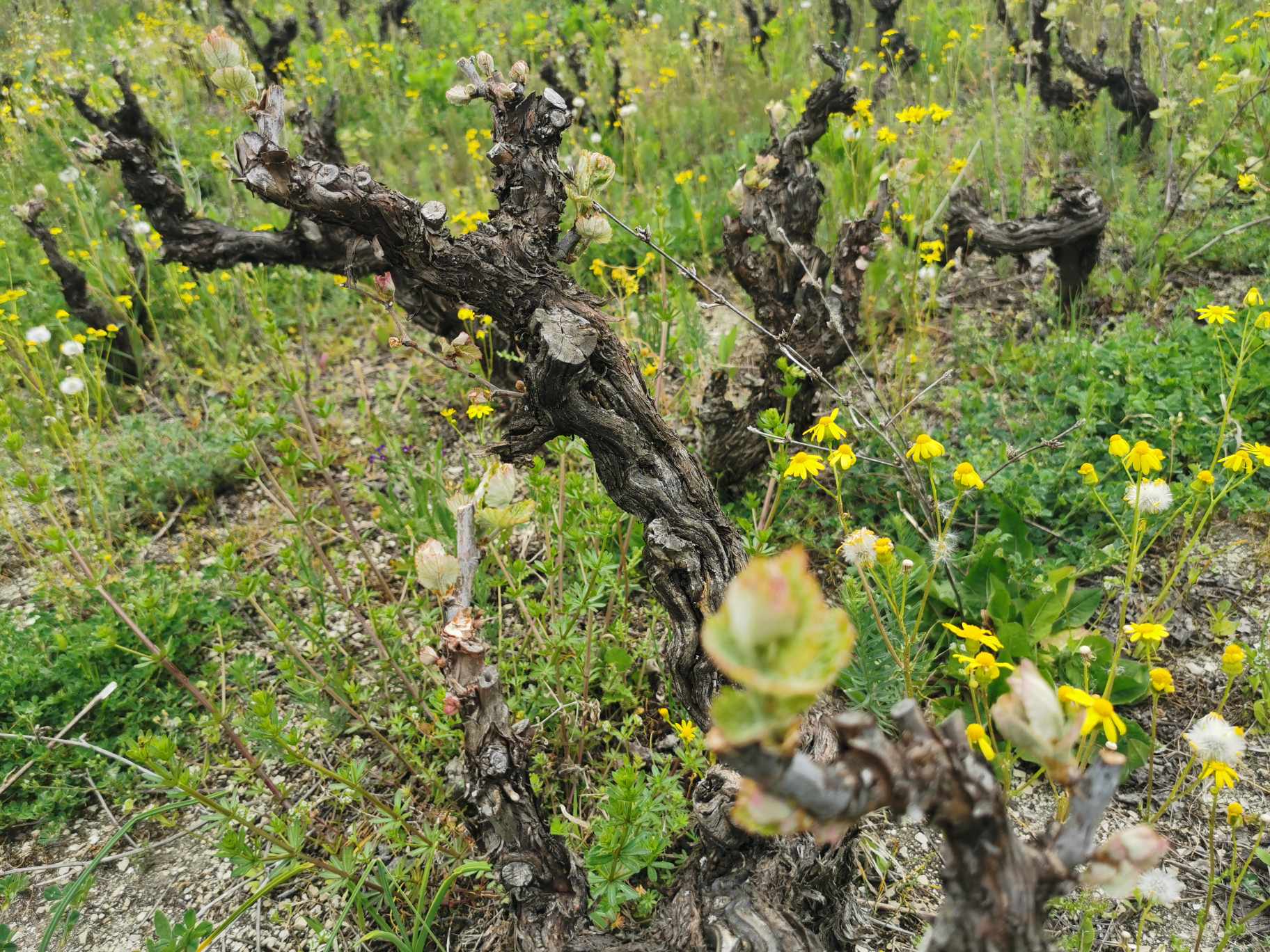

SPASIMO STARE VINOGRADE SRBIJE
PROČITAJ VIŠE
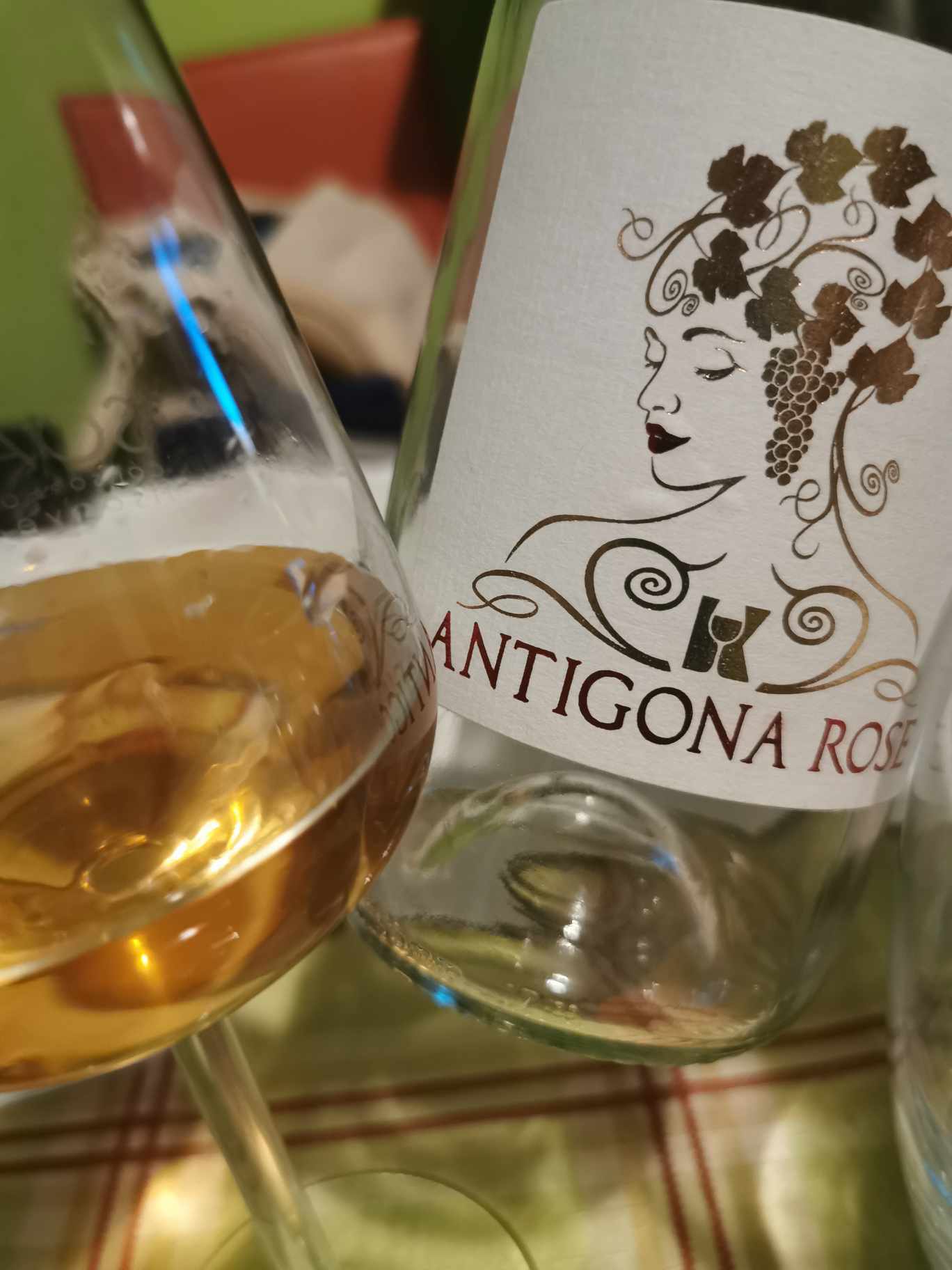

NAŠLI SMO ANTIGONU IZ ORAHOVCA
PROČITAJ VIŠE
Winner MILLESIMA BLOG AWARD 2016

Pobednik MILLESIMA BLOG AWARD 2016
VINO & FINO wine personality of the year 2016

VINO & FINO vinska ličnost godine 2016